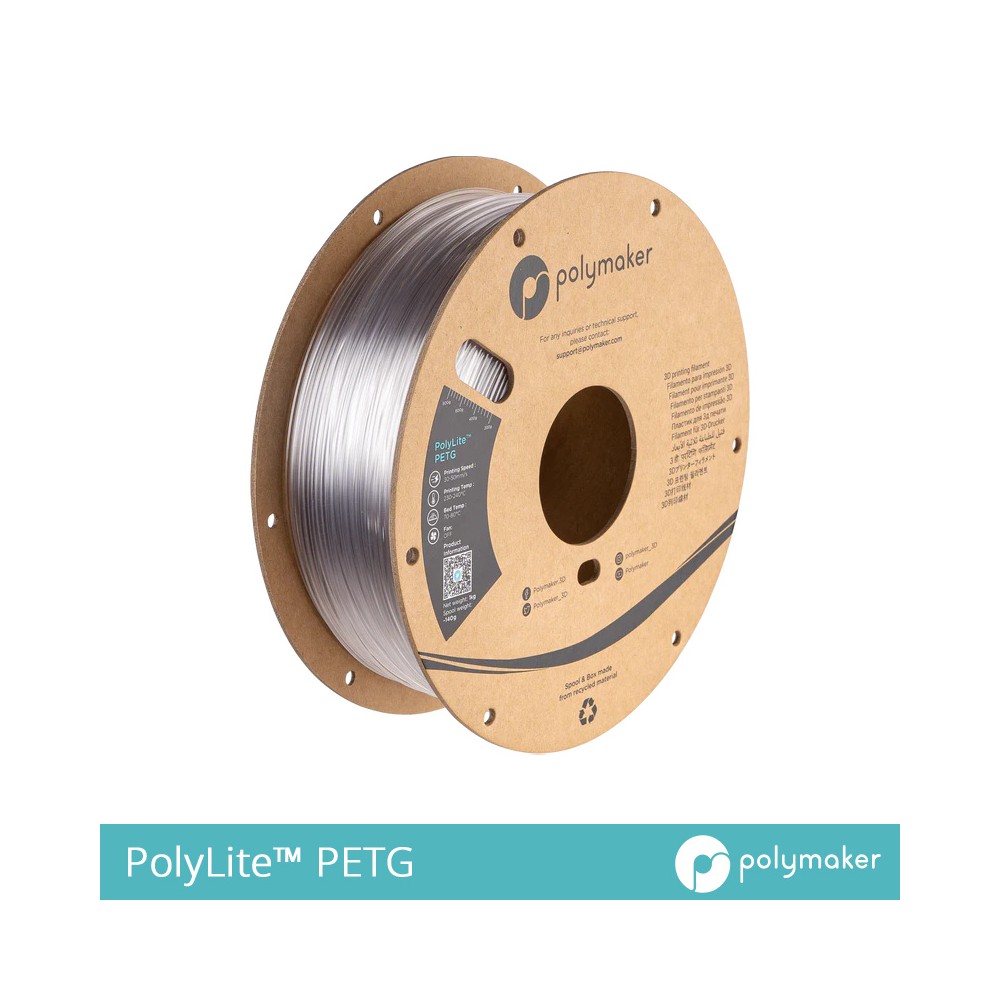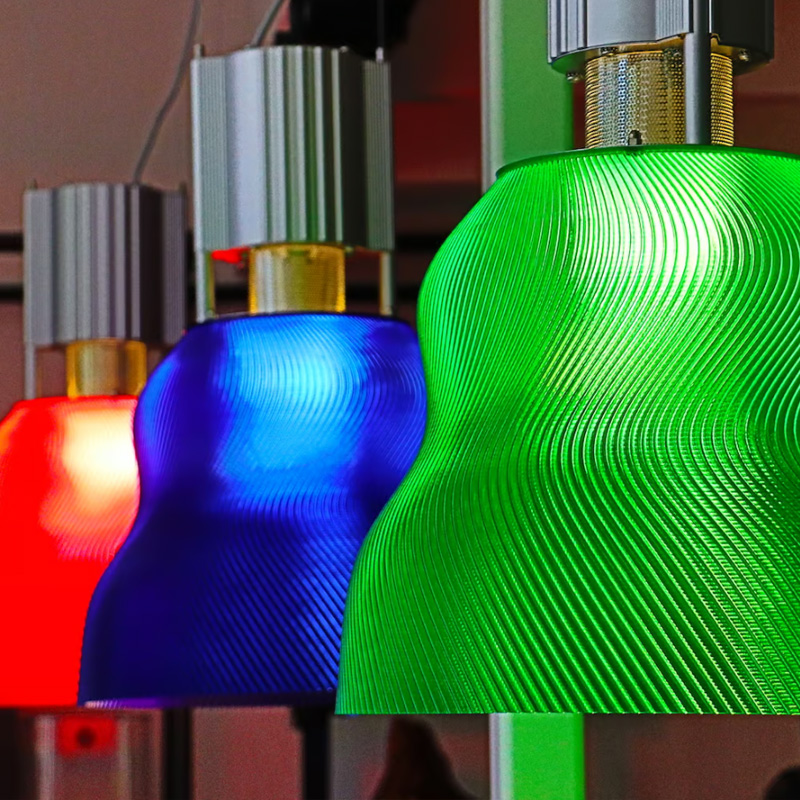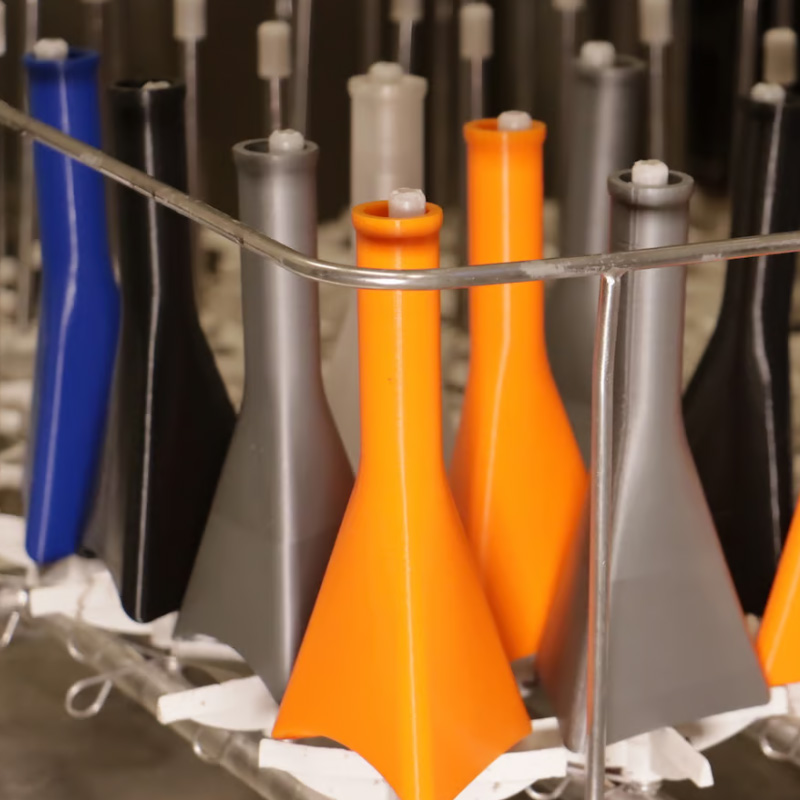



Yes if you are looking for nice surface finish.
No if you are looking for strong and durable parts.
20% ON if you want the best of both worlds.
Composition: PETG (Polyethylene Terephthalate Glycol) is a thermoplastic polyester, while PLA (Polylactic Acid) is a biodegradable thermoplastic derived from renewable resources like cornstarch or sugarcane.
Printing Temperature: PETG generally requires a higher printing temperature than PLA. The recommended printing temperature for PETG is around 220-250°C, while PLA is typically printed at temperatures around 190-220°C.
Strength and Durability: PETG has higher impact resistance and flexibility compared to PLA. It is less brittle and more resistant to deformation under stress. PLA, on the other hand, is relatively rigid and can be more brittle.


Heat Resistance: PETG has better heat resistance compared to PLA. It has a higher glass transition temperature, which means it can withstand higher temperatures before deforming. PLA has a lower heat resistance and can start to soften and deform at lower temperatures.
Printability: PLA is generally easier to print with and has less tendency for warping or curling during the printing process. PETG can be more prone to issues like stringing and requires proper bed adhesion and temperature control.
Applications: PLA is commonly used for printing prototypes, hobbyist projects, and decorative items. PETG is preferred for functional parts, mechanical components, and objects that require higher durability, impact resistance, and heat resistance.
No customer reviews for the moment.